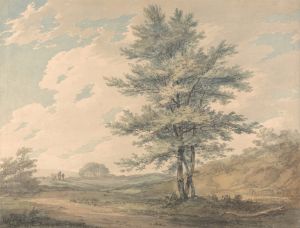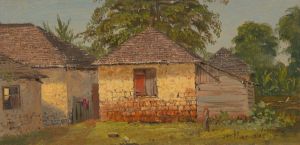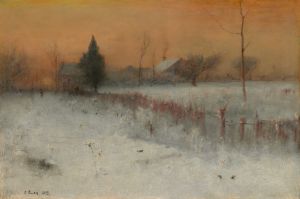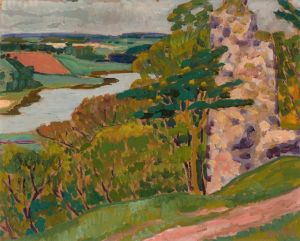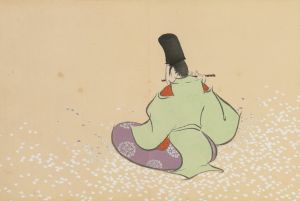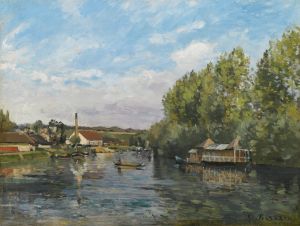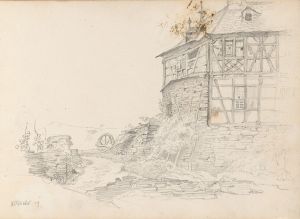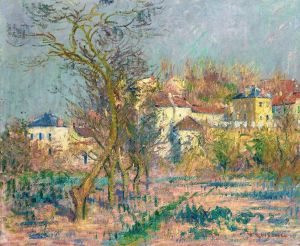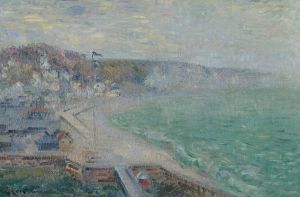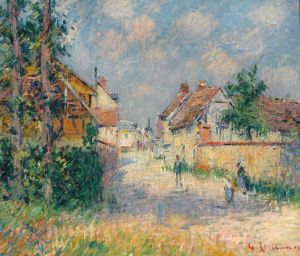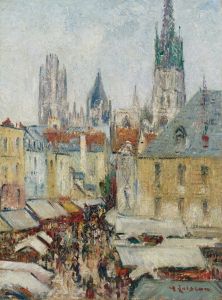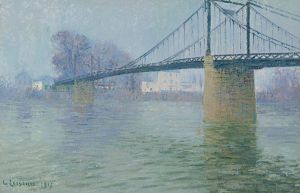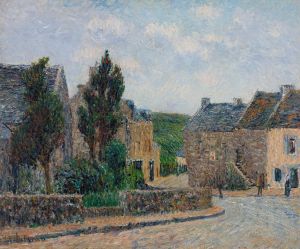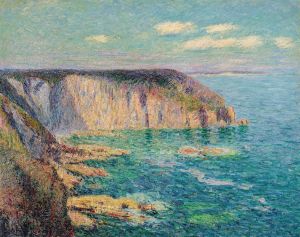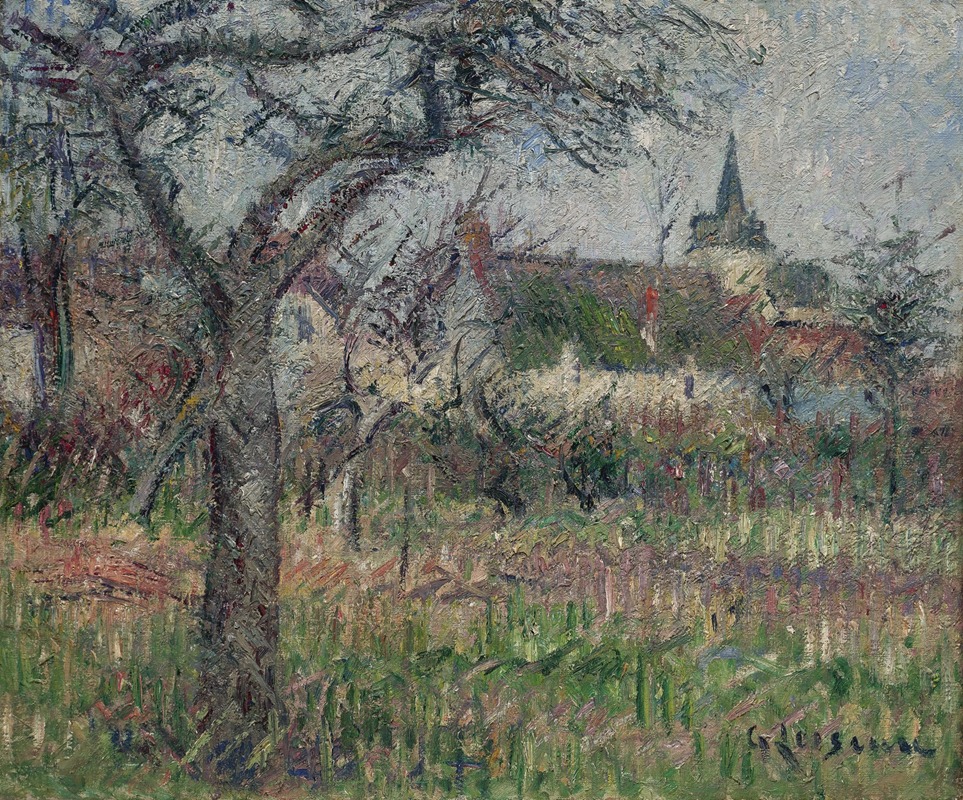
Le Clos de Monsieur Janson, le Vaudreuil, Eure
A hand-painted replica of Gustave Loiseau’s masterpiece Le Clos de Monsieur Janson, le Vaudreuil, Eure, meticulously crafted by professional artists to capture the true essence of the original. Each piece is created with museum-quality canvas and rare mineral pigments, carefully painted by experienced artists with delicate brushstrokes and rich, layered colors to perfectly recreate the texture of the original artwork. Unlike machine-printed reproductions, this hand-painted version brings the painting to life, infused with the artist’s emotions and skill in every stroke. Whether for personal collection or home decoration, it instantly elevates the artistic atmosphere of any space.
Gustave Loiseau (1865–1935) was a French Post-Impressionist painter known for his landscapes and scenes of rural life. His work is characterized by a distinctive brushstroke technique and a keen interest in capturing the effects of light and atmosphere. One of his notable works is "Le Clos de Monsieur Janson, le Vaudreuil, Eure," which exemplifies his style and thematic focus.
"Le Clos de Monsieur Janson, le Vaudreuil, Eure" is a landscape painting that depicts a scene from the village of Le Vaudreuil in the Eure department of Normandy, France. This region was a frequent subject in Loiseau's work, as he was drawn to its serene countryside and the play of light across its fields and gardens. The painting captures the essence of rural Normandy, with its lush greenery and tranquil atmosphere.
Loiseau's technique in this painting reflects his commitment to capturing the transient effects of light and weather. He employed a method known as "en treillis," or cross-hatching, which involved applying layers of paint in crisscross patterns. This technique allowed him to create a sense of movement and depth, as well as to convey the shimmering quality of light on the landscape. The brushstrokes in "Le Clos de Monsieur Janson, le Vaudreuil, Eure" are both deliberate and dynamic, contributing to the overall impression of a vibrant, living scene.
The composition of the painting is carefully balanced, with a focus on the natural elements of the landscape. Trees, fields, and sky are harmoniously arranged to draw the viewer's eye across the canvas. Loiseau's use of color is particularly noteworthy; he employed a palette of greens, blues, and earth tones to evoke the natural beauty of the Normandy countryside. The interplay of light and shadow is skillfully rendered, capturing the changing moods of the day.
Loiseau was part of the Post-Impressionist movement, which sought to build upon the innovations of Impressionism while exploring new directions in color, form, and expression. His work is often associated with the School of Pont-Aven, a group of artists who gathered in Brittany and were influenced by the bold colors and simplified forms of Paul Gauguin. However, Loiseau maintained a distinct style that was more focused on the naturalistic depiction of landscapes.
Throughout his career, Loiseau remained dedicated to the portrayal of rural France, and his paintings are celebrated for their ability to convey the quiet beauty of the countryside. "Le Clos de Monsieur Janson, le Vaudreuil, Eure" is a testament to his skill as a landscape painter and his deep appreciation for the natural world.
Today, Gustave Loiseau's works are held in high regard and can be found in various museums and private collections around the world. His paintings continue to be appreciated for their technical mastery and their ability to transport viewers to the serene landscapes of early 20th-century France. "Le Clos de Monsieur Janson, le Vaudreuil, Eure" remains an exemplary piece within his oeuvre, showcasing his unique approach to capturing the essence of the French countryside.





